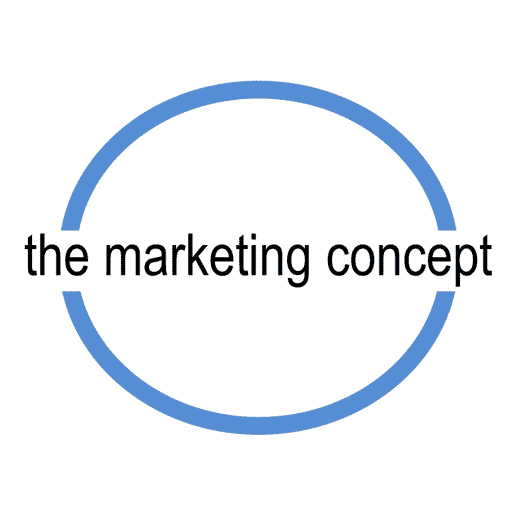Cinque Terre
An exemplar of marketing at its best
Internal collaboration and external competition is critical to achieving marketing objectives. Normally, these attributes are associated with organisations, however, Cinque Terre is an example of how an area once known for emigration has employed marketing strategies and tactics to transform into one of the Italy’s premier tourist destinations.
Along the way the people of the Cinque Terre have transformed an under-loved area to much-loved area in twenty years. They have created employment, economic development, and brought pleasure to millions of visitors.

The five villages, Monterosso, Vernazza, Coriglia, Manarola, and Riomaggiore [north to south], are refered to as the Cinque Terre or five lands. This is a great example of aggregate product marketing – how 5 separate villages come together to form 1 destination. A visit to the Cinque Terre is on the bucket list of many visitors to Italy – seldom is just one day or one visit sufficient to satisfy the visitor’s thirst for such a beautiful and enchanting landscape. The Cinque Terre with colourful seaside villages and terraced cliffs are a photographers dream.

The co-operative of ferries are fast and effective and they provide an attractive way to enter or leave a village. There are also a number of walkers who visit with the intention of walking the tracks between the villages.

The five villages of the Cinque Terre have a number of restaurants, grocers, and souvenir stores.

Passing-on images and experiences to friends has increased awareness, interest, and desire to visit Cinque Terre. The mobile phone enables consumers to share their experiences – from a marketing perspective has it impacted on the sale of small pocket cameras?
Background: An internet search reveals that the villages can be traced back to the 11th century.
Working the vegetable gardens, vineyards and olive groves perched on the steep cliffs above the villages was a life of toil and with time, populations decreased and the terraced landscapes that were constructed over centuries started to decay.
There are a few notable events. In 1973 the Italian Government formerly recognised the area as a valuable national landscape and in 1997 it was added to the UNESCO World Heritage List. In 1999 the Cinque Terre National Park was established. In the meantime, produce [e.g., wine and anchovies] from the region was recognised by various accreditation bodies for the uniqueness and flavour. Like other parts of Italy the environment influenced the food of the Cinque Terre and the region developed a reputation for a number of specialties. Despite this effort, the villages continued to degenerate until they came to the attention of the World Monument Fund in 2000.
The World Monument Fund is a private non-profitable organisation that is dedicated to making the world a better place. Sites of cultural significance that are at risk are identified and an action plan and funds are directed towards their rescue. There are a number of private sponsors and in the case of the Cinque Terre one of the corporate sponsor was American Express.

ooOoo

Portofino
Once a small fishing village Portofino became a favourite with movie stars and the wealthy. It is located outside the Conque Terre region however, it is an ideal base to visit the region. From a marketing perspective Portofino demonstrates how products are diffused in an orderly fashion as people aspire for and purchase the status symbols of those the believe to have higher status. Although this is generally associated with goods dominant products it is also evident in destination marketing.
Portofino is and interesting destination for those interested in marketing as it is a place to observe conspicuous consumption – the purposeful parading of wealth/status by the middle and upper class through luxury products.
There are 6 product components – goods, services, ideas, experiences, people, and place. One of the components is generally a dominant component, however, this may vary. People, become aware of places through conversations with family and friends and from many other sources, for example – film and magazines. These are often placed in a ‘bucket list’ and sometimes we are lucky enough to visit places that are on our ‘bucket list’. From a marketing perspective this recognition of a need or a want is the start of the buyer decision process. The next step is the search for information.

When travelling people often purchase souvenirs of the places they vist, it could be a painting, a bottle of the local liquor, something from a market stall or even just taking a photograph [or two].
